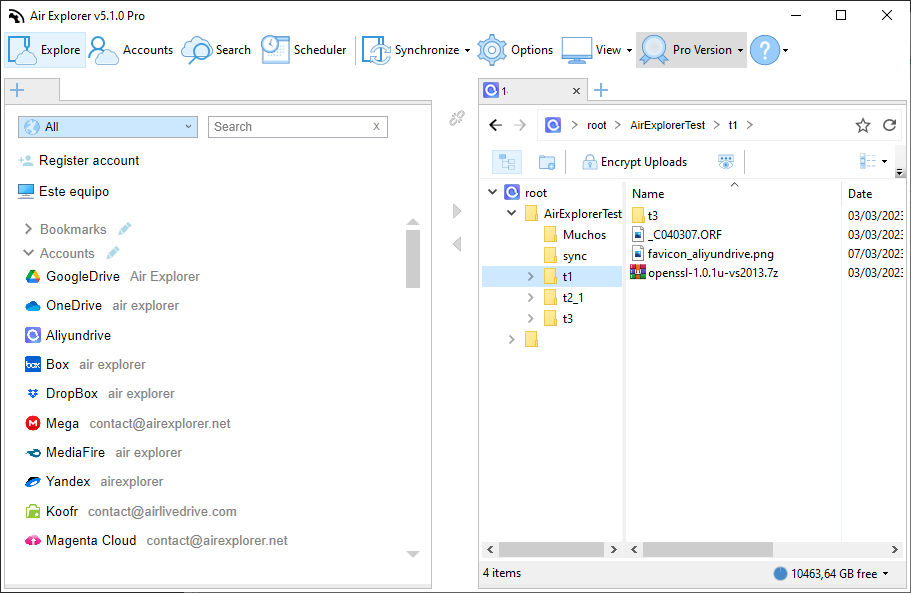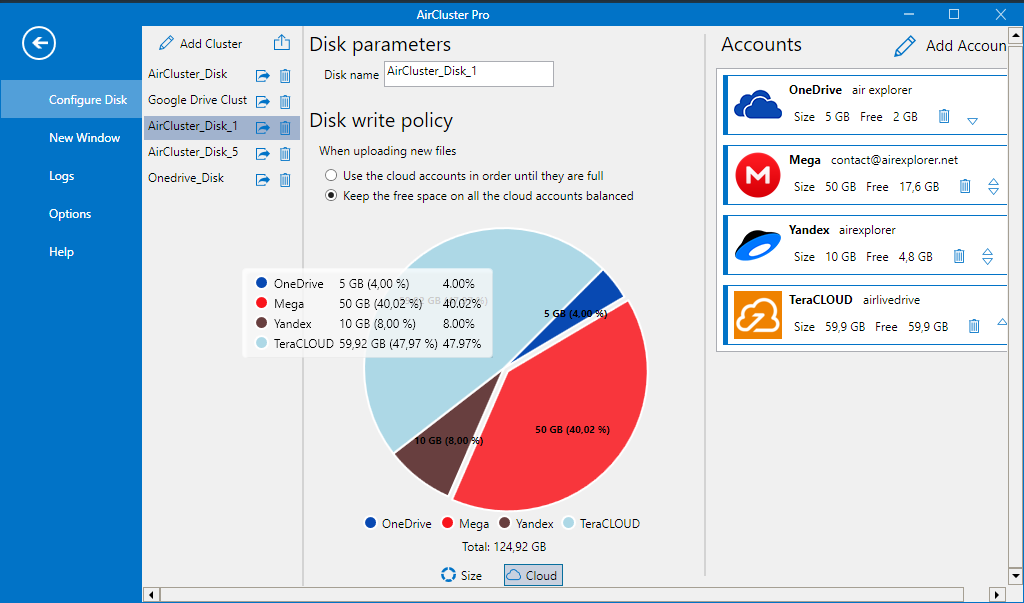As cloud storage becomes the default for both personal and professional data, the need to move files between cloud platforms is more urgent than ever. Whether you’re migrating content, organizing backups, or managing multiple accounts, cloud-to-cloud file transfers are a critical part of modern digital workflows.
But users often face frustrating challenges:
- Fragmented cloud ecosystems
- Manual downloads and re-uploads
- Limited compatibility between services
If you’re trying to pick the right tool without getting lost in endless options, Air Explorer and Air Cluster stand out as two solid choices worth considering.

Requirements for choosing a reliable cloud-to-cloud transfer tool
Before selecting a tool, make sure it meets these essential criteria:
- Direct transfer capability – Enables drag-and-drop transfers between clouds without downloading files locally
- Multi-cloud compatibility – Supports major providers like Google Drive, OneDrive, Dropbox, MEGA, Box, and more
- Smart transfer features – Includes sync options, scheduling, resume for interrupted transfers, and conflict resolution
- Security & privacy – Offers encryption and secure handling of sensitive data
- User-friendly interface – Provides an intuitive layout with drag-and-drop functionality and clear progress tracking
- Performance & stability – Handles large files efficiently with reliable speed and minimal errors
- Advanced file management – Allows renaming, moving, deleting, and batch operations during transfers
These features ensure your cloud-to-cloud transfers are fast, secure, and hassle-free.
Comparing Air Explorer and Air Cluster
Both Air Explorer and Air Cluster are developed by the same team, but they serve different use cases. Air Explorer is designed for flexible file management and automated backups, while Air Cluster focuses on big capacity and large-scale cloud syncing.

Comparison table
| Criteria | Air Explorer | Air Cluster |
|---|---|---|
| Direct transfer | ✅ Yes | ✅ Yes |
| Cloud compatibility | ✅ 30+ providers | ✅ Major providers |
| Smart features | ✅ Scheduling, sync, encryption, resume | ✅ Sync, encryption, storage balancing |
| Security | ✅ Encrypted uploads | ✅ Encrypted uploads |
| Interface | ✅ Dual-pane, drag-and-drop | ✅ Cluster-based, unified cloud view |
| Performance | ✅ Fast, stable | ✅ Big capacity cluster |
| File management | ✅ Rename, move, delete | ✅ Backup logic |
| Automation | ✅ Command-line support, scheduling | ✅ Folder sync |
Use case recommendations
- Choose Air Explorer if… you need manual control, file organization, flexible transfers, and the ability to automate backups across multiple clouds.
- Choose Air Cluster if… your priority is managing large cloud storage capacity, syncing folders across providers, and building a reliable backup system.

Both tools are powerful, but your choice depends on whether you prioritize control or automation.
Conclusion
Cloud-to-cloud file transfers are no longer a luxury, they’re a necessity. Whether you’re a tech professional, content creator, or everyday user, choosing the right tool can save time, reduce errors, and protect your data.
Air Explorer and Air Cluster offer two distinct paths to cloud efficiency. Use them together or separately depending on your workflow, and experience the difference of streamlined cloud management.
Ready to try them? Visit Air Explorer and Air Cluster to get started.
